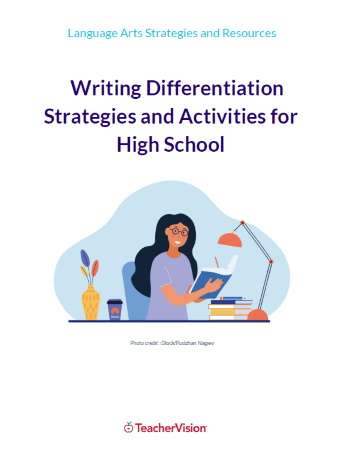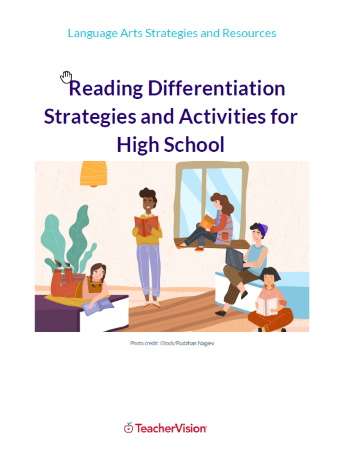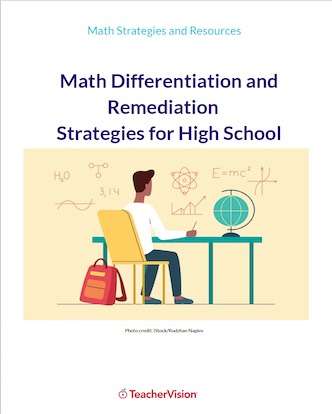Relationship Between Crisis and Special Education
There appears to be a mutually inclusive relationship between crisis situations and special education because of the attention given to persons who encounter disruption, disaster, and death-related incidents. Students experiencing crises cannot be reached by traditional educational programs;their programs must be modified and adapted to help them maximize their full potential. These students are usually atypical in nature; that is, they do not generally fit the stereotypical student mold. Logically, this makes them;exceptional learners who need supplementary and additional education different from what is normally expected in the regular classroom. The adaptation and modification of programs usually become key operational variables for students who encounter out-of-the-normal experiences.
To meet the unique needs of each student, the processes of identification, assessment, placement and instruction in the least restrictive environment include provisions for parental consent, procedural safeguards, confidentiality of information, and the development of individualized education plans.
In some cases, a disruptive situation can be caused by disaster or death. In others, disaster can lead to disruption or death. Or death can have disruptive effects on students, teachers, and families. For instance, the death of a pet can have far-reaching disruptive effects on a student's concentration, attention span, and academic performance. This situation, as simple as it seems, can be problematic to a poorly prepared general or special educator who is quick to prejudge or label his or her student.
In a related situation, the presence of a student with physical or health impairments can be disruptive, not only to the student, teacher, and parents, but also to classmates and their parents. Another example is the presence of a classmate with Acquired Immune Deficiency Syndrome (AIDS) such as the case of Ryan White which, a few years back, attracted national and world-wide attention as he struggled to do what other children and youth did attend school. When he died, he became an inspirational symbol for those with the disease and those fighting hard to eradicate it.
Many school children come from drug-infested environments and are, thus, exposed to drug-related violence. Logically, violence affects their ability to concentrate and learn in school. These students are frequently at risk for misidentification, misassessment, miscategorization, misplacement, and even misinstruction. The challenge for general and special educators is to know if these students have learning problems or learning disabilities, behavior problems or behavior disorders, and cognitive readiness problems or mental disabilities.
More on Helping Students Deal With Crises.
Excerpted from Disruption, Disaster, and Death: Helping Students Deal with Crises.





